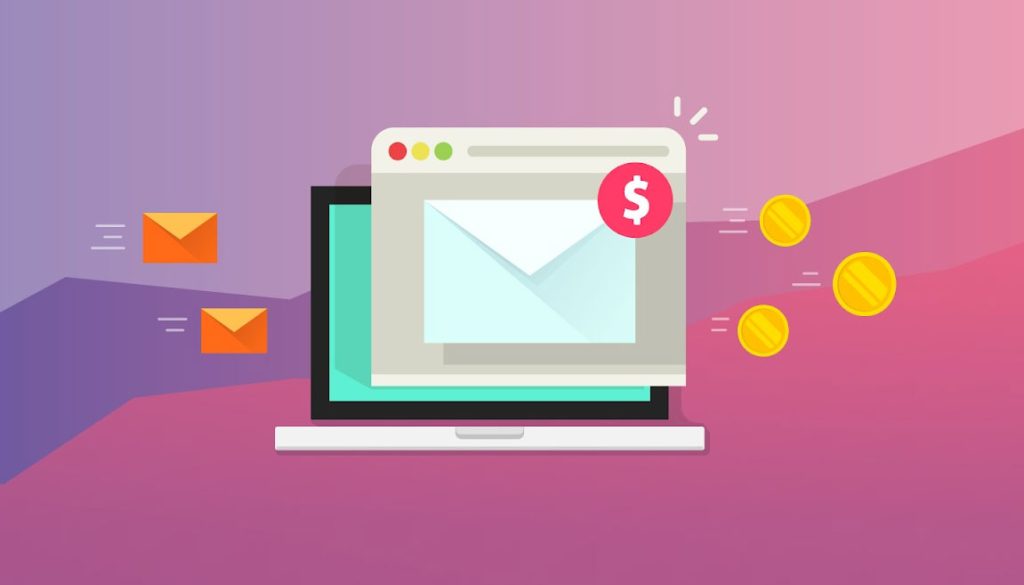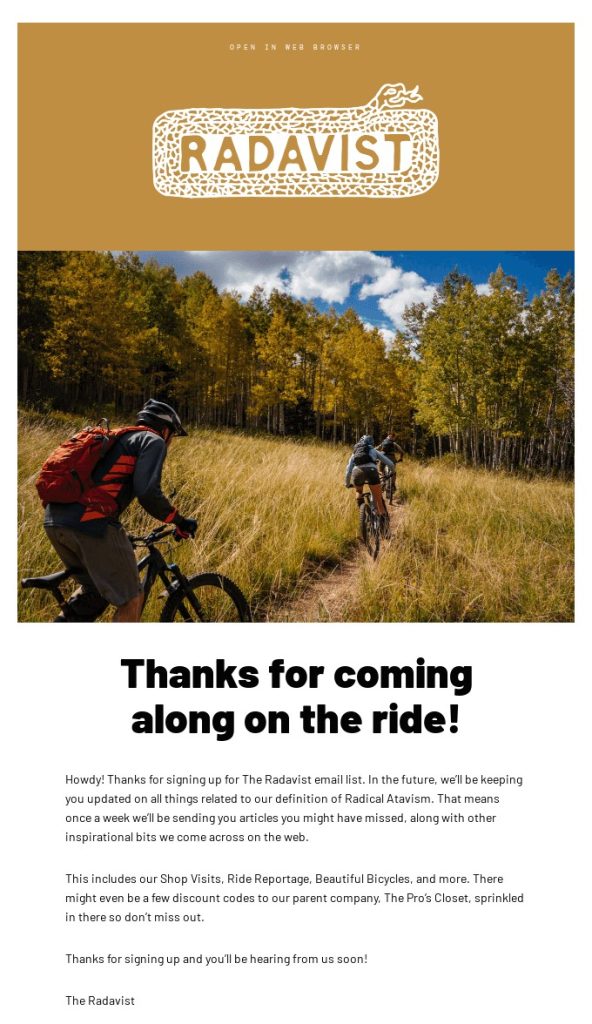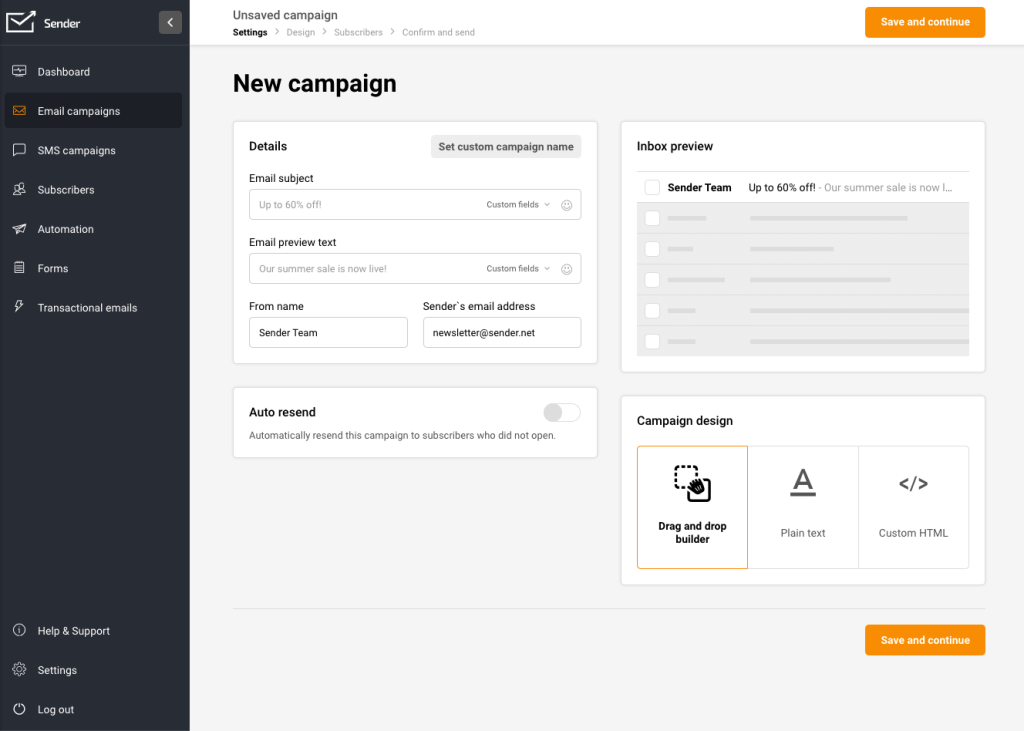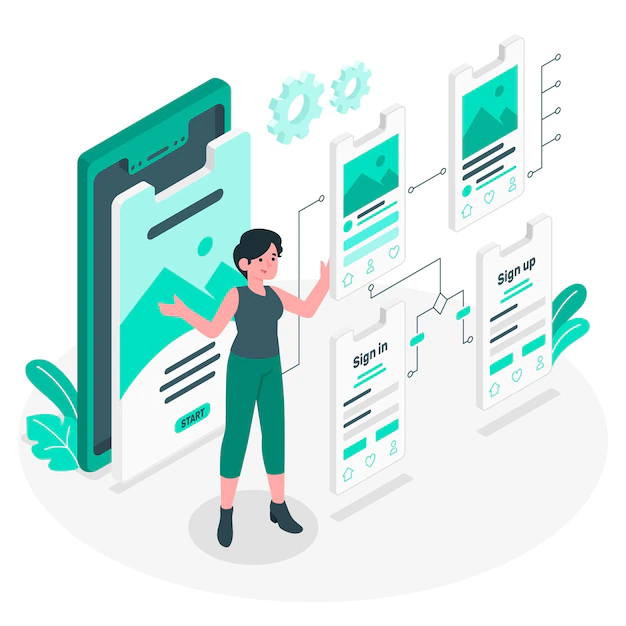What is Email Automation? Definition, Workflows
Happy customers mean repeat buyers.
Quick Links
But repeat buyers don’t always mean happy customers.
Some of your most valued customers repeatedly buy from you because they don’t have a better alternative. Beware of the moment a formidable competitor comes along with a slightly better incentive; they’d leave without blinking an eye.
But hey! Before you start worrying about your ‘repeat buyers’ leaving, why not strive to make them ‘happy customers,’ or better still, ‘cheerleaders?’
Wondering how?
Email automation offers an end-to-end blueprint for an untethered workflow that converts customers to cheerleaders—you just need to understand what an automated email workflow means and how it works.

Image source: https://www.axiswebart.com/wp-content/uploads/email-automation.jpg
What is an Automated Email Workflow?
An automated email workflow is an inbound marketing strategy offering marketers lead-generation and lead-nurturing opportunities to convert and retain clients easily.
For instance, let’s say you’ve got thousands of people in your sales pipeline; some are customers, some are prospects, and the others don’t know anything about your brand but need your solution.
- An automated email series offering discounts {promotional email} can turn one-off customers to repeat buyers.
- An email marketing automation {lead nurturing emails} informing consumers about new features, benefits, and updates can make prospects want to do business with you.
- And an email marketing campaign {automated emails for webinars and events} can turn first-time buyers into advocates and cheerleaders.
In essence, automated email workflows help marketers put the correct information in front of the right consumers at the right moment.
7 Email Automation workflows to Convert Customers to Cheerleaders
Moving consumers from one phase of the sales pipeline to another is somewhat expensive and time-consuming. However, with automated email workflows, you enjoy an automatic marketing sequence that takes repetitive tasks off your to-do list while turning customers into cheerleaders.
1. Lead nurturing welcome series
For the same reason we love and respect the idea of courtesy, most folks take time to read a brand’s welcome email, especially if it pops up a few seconds after subscribing.
Indeed, automating a single welcome email that greets subscribers as soon as they download your ebook, whitepaper, or any other high-value marketing material is an excellent awareness play.
However, automating a series of lead nurturing welcome emails can create the lightbulb moment your brand needs to break out of the noise and convert customers to cheerleaders.
Check out how Radavist instantly engages subscribers while keeping them expectant with an automated workflow.

Image source: https://reallygoodemails.com/radavist
2. Nurturing with segmentation
It’s nice to have an automated lead nurturing welcome series in your digital marketing toolbox. But if you want something radically better; Nurture a segmented list.
How do you nurture a segmented list?
Well, organize your list based on behavioral cues.
A segmented list built around behavioral cues eliminates the possibility of your brand coming up short on meeting the needs of its target audience.
Sender’s automated email series is a perfect example.
This omnichannel platform allows you to customize and automate email sequences in a way that would be profitable for your business.

Sender.net collects behavioral cues to segment their list with every input, allowing them to succinctly communicate and create personalized email marketing campaigns for new and existing subscribers.
3. ABM email workflow
The ease and flexibility emails offer marketers show that email automation is a foundational marketing strategy that can only get better.
ABM {Account-based marketing} email workflows help you nurture and generate leads from key accounts.
For instance, let’s say most folks in Apple Inc need your product to go through their day-to-day life. But the thing is, while Apple’s marketing manager and CEO might agree on many issues, they’d easily debate against opinions in terms of personal preferences and everyday desires.
And since email automation only works when its message intuitively highlights and addresses the needs of your target audience, you wouldn’t want to put the message sent to Apple’s marketing manager in front of its CEO.
ABM email workflows promote drip campaigns and promotional messages that tackle the challenges and objectives of a specific account holder, group of individuals, businesses, or a subset of the industry.
4. Automated free-trial workflow
Email automation makes customers feel genuinely satisfied with your service, attracting lead generation and increased revenue.
But surprisingly, most marketers don’t know how to automate emails to make consumers feel satisfied with their service.
Anyways, free-trial workflows involve using automated emails to guide and direct prospects that signed up for a free trial.
Automated free-trial workflows can help you turn confused subscribers to repeat customers without overhyping your product’s superiority or advanced benefits.
However, for your automated free-trial workflow to guarantee customer satisfaction, avoid salesy or pushy messages. Instead, focus on guiding and helping the consumer get to the desired promised land.
5. Automated email workflow for special occasions
Whether you like it or not, every day is special. And no, we don’t mean throwing unwarranted parties or offering unnecessary discounts or promotional offers to make the day look bright and perfect.
Every day is special in the sense that, if you look closely, you will find out that more often than not, some of your high-value customers are tending to a special occasion—might be an anniversary, birthday, valentine, etc.
Create an automated email workflow with triggers that highlight special occasions in the life of your customers.
Use this automated email series to build hype about this occasion—pinpoint instances where your product comes in handy and offer discounts if possible.
NB: It’s best you kickstart this campaign a few weeks or days before the highly-priced date.
6. Automated emails for webinars and events
Countless ecommerce brands use webinars and sponsored industry events to promote their business. If you’re not already doing it, it’s high time you joined the bandwagon—the opportunity here is limitless.
For example, let’s say you’re hosting a marketing event inviting all your customers, competitors, competitors’ customers, industry experts, etc.
Build a segmented list with the truckload of emails you’d likely attract from registration.
Don’t forget that to build a segmented list, you’d need to include variables in your registration form so your ESP can automatically highlight where each registrant falls.
This list creates multiple automated email workflows to engage registrants before the due date.
Some workflows can contain promotional materials about your brand, while others can offer information in the run-up to the event. You can also automate email reminders and feedback workflows.
7. Cart abandonment workflow
Over 70% of ecommerce shoppers abandon their cart before checkout. That’s quite alarming! But not as alarming as the fact that it’s 7X cheaper to make existing customers do business with you than to win a new client.
So before writing off cart abandoners as unserious individuals, do the math, weigh possibilities and create recovery strategies.
Yes, you read that right ‘recovery strategies.’ You can get a cart abandoner to return to your store and finalize their purchase. No, it doesn’t include stalking, insulting, or threatening.
Automating a series of cart abandonment emails does the trick more often than not. You just need compelling text, the right incentive, and a gentle nudge {CTA}.
However, before running off to create an automated email series for cart abandoners, remember that different folks abandon carts for different reasons—a one-size-fits-all automated email series will do more harm than good.
Study behavioral cues; that’s the easiest way to set correct triggers and lead with the right incentive.
Checklist for a Successful Email Automation Workflow
Creating automated emails is one thing; having it reach the right people at the right time is another. Here is a checklist for success.
Who’s Your ESP?
You might’ve ignored the need for a formidable email service provider this far, and maybe that worked fine. But hey! You can’t go any further running a business like that.

Sender.net saves you the hassle of scouring the internet for a reliable, cost-effective, and proficient ESP. This email Marketing Metrics provides you with helpful information about your consumers, allowing you to update your database and perfect your strategy.
What’s Your List Like?
Hope your list is not covered in cobwebs or scattered all over the place? Because only a targeted and segmented list can bring home the magic of email automation. Use fill-out forms and set triggers to segment your list.
Conclusion
In an age of Snapchat filters and Facebook ads, who’d think email automation would run the gamut for ecommerce marketers!
Anyways, before flying the banner and getting all jumpy about email automation, keep this in mind; automated email workflows don’t work like magic wands.
For a successful drip campaign, you need a marketing team with the stamina and willpower to automate, analyze, and test—without doubting the overall proficiency of the process. Good Luck!
Author Bio

Skirmantas Venckus is a writer by day and reader by night. He hates talking about himself in the third person. He is also the growth hacker at Sender.net – the email marketing provider that is focused on user-friendliness, affordability, and utility.
Linkedin: https://www.linkedin.com/in/skirmantas-venckus-8ba16983/
What Is WooCommerce Product Slider and Why Your Store Needs It
Why Do Product Images Matter So Much in Online Stores? When someone visits an online store the…
0 Comments9 Minutes
How to Streamline Your Customers’ Shopping Experience?
The goal for any online store is to make shopping as smooth as possible. When visitors move…
0 Comments8 Minutes
Strengthening Brand-Customer Relationships Through Gamified Loyalty Programs
Creating lasting connections with customers has become increasingly vital as the marketplace grows…
0 Comments6 Minutes
How to Use SEO and SEA Together in Search Engine Marketing
In digital marketing, search engine marketing (SEM) plays a critical role in improving online…
0 Comments10 Minutes
Content Marketing Growth Hacks: Real Shortcuts to Drive Traffic
Are you still lagging in content marketing? Sticking to these old strategies seems…
0 Comments10 Minutes
How to Build a Strong Local Following Using Social Media Marketing
In the days of likes, shares, and stories, local businesses have a golden opportunity to create…
0 Comments9 Minutes
Why WooCommerce is the Best Choice for Your Online Store?
WooCommerce stands out as a top option for anyone looking to build an online store. This platform…
0 Comments8 Minutes
How to Use AI-Powered SEO Tools for WordPress eCommerce
SEO is a critical factor in the success of any e-commerce WordPress store. As competition…
0 Comments11 Minutes








